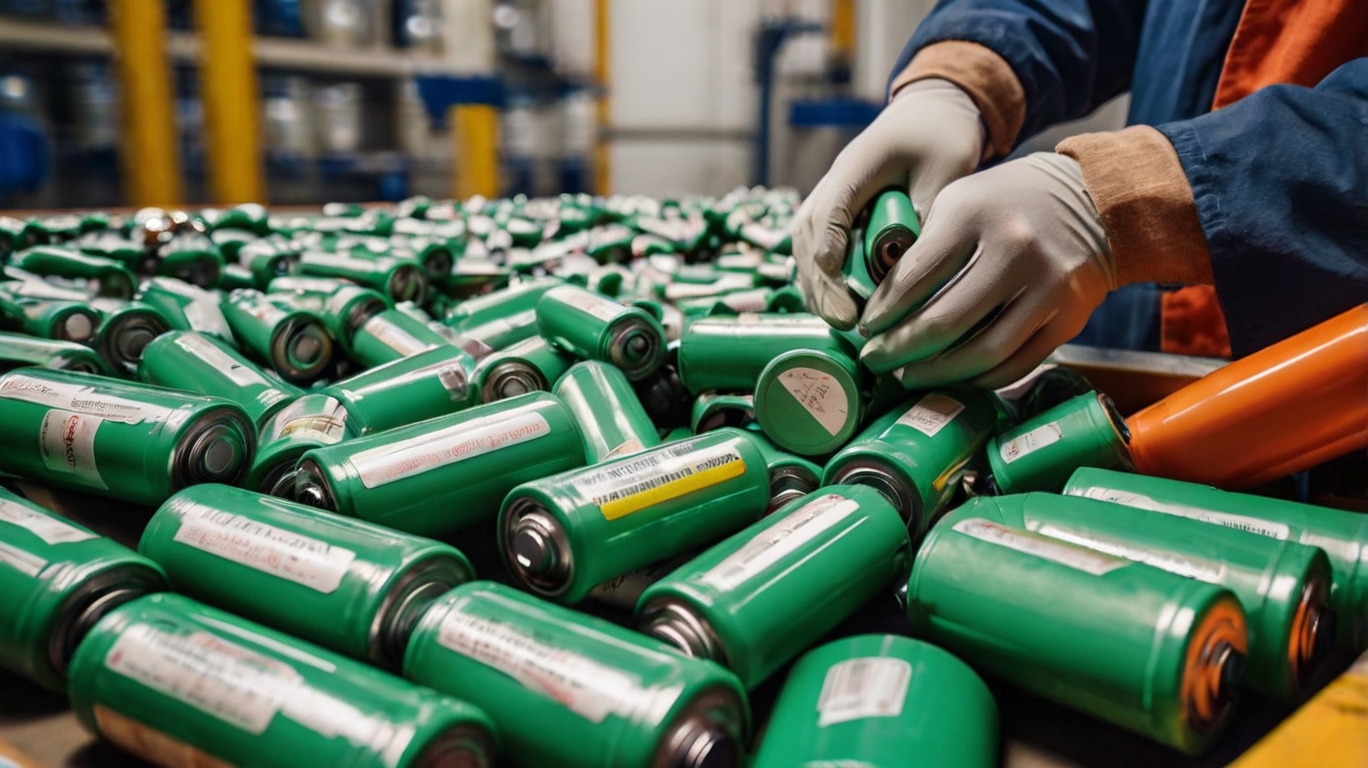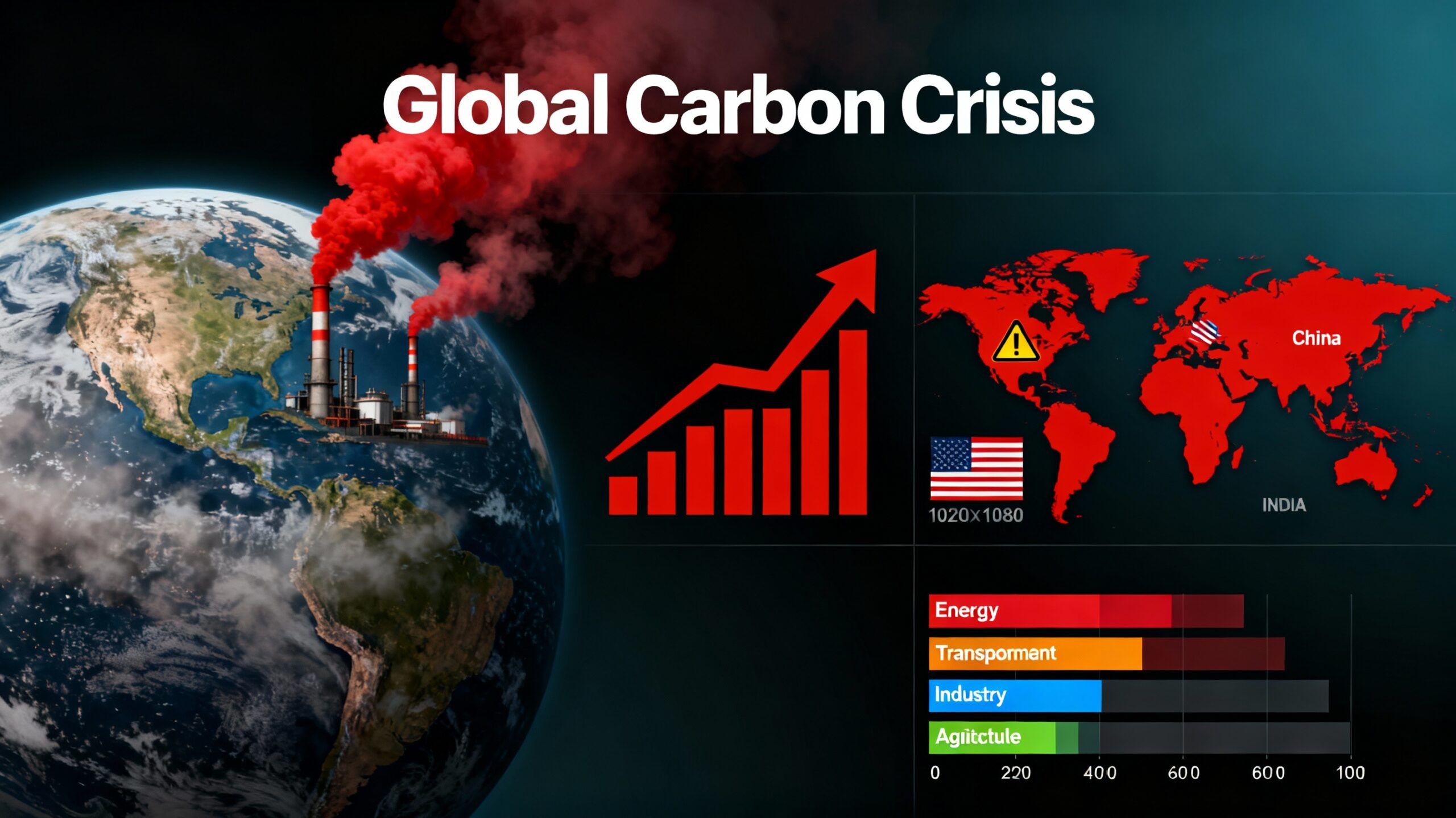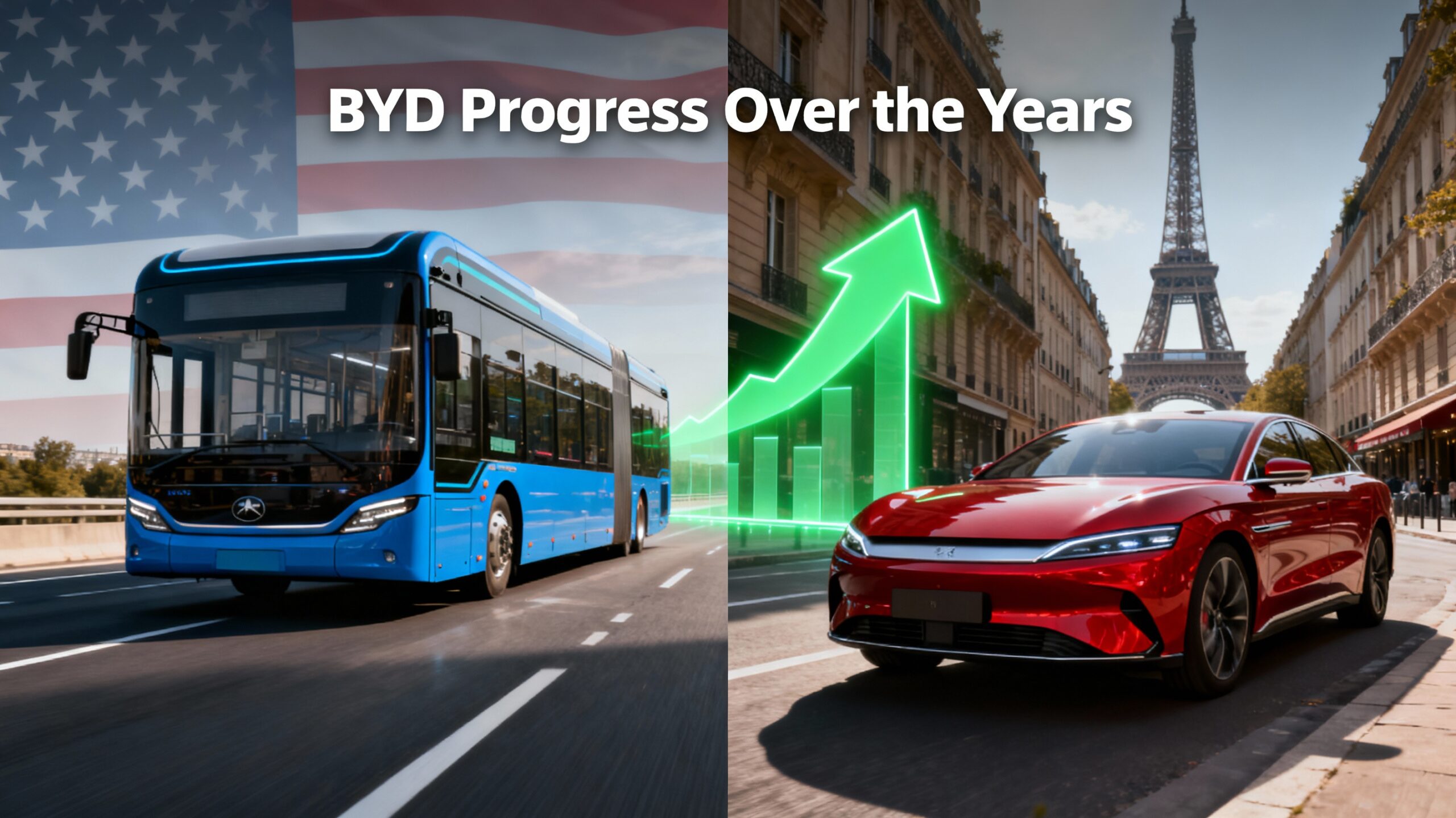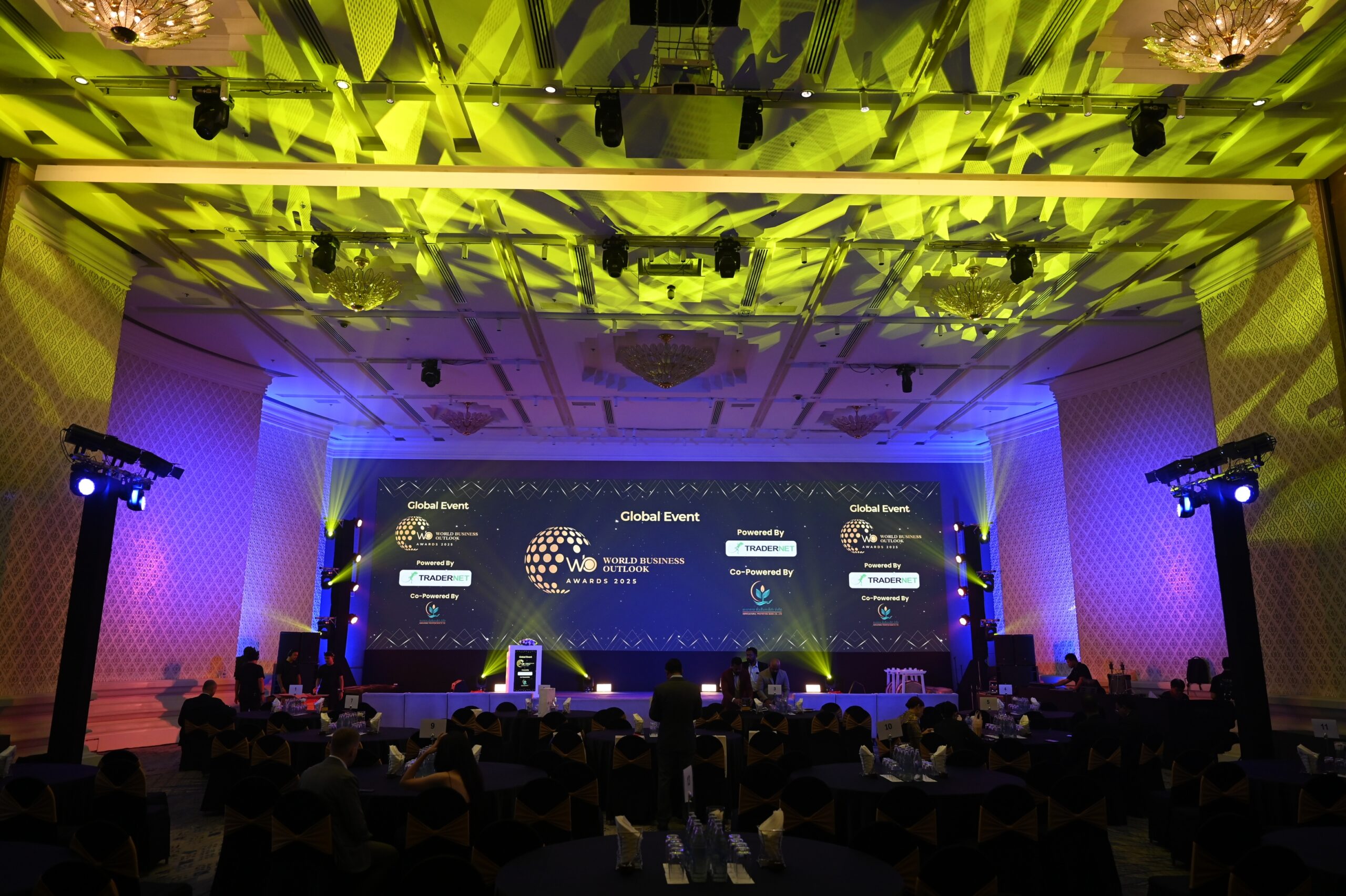A revolutionary chemical process promises to slash the cost and environmental impact of lithium-ion battery recycling, opening a new chapter in clean energy innovation and circular economy development.
In a major leap forward for green technology, researchers at the National Institute for Sustainable Energy (NISE) have unveiled a new battery recycling process called Selective Solvo-Extraction (SSE)—a technique that dramatically reduces the energy, cost, and waste associated with recovering valuable metals from used lithium-ion batteries.
The breakthrough method utilizes an innovative, non-toxic solvent system combined with low-temperature reactions to isolate and recover lithium, cobalt, nickel, manganese, and other critical elements. This advancement arrives at a crucial time when demand for these metals is skyrocketing, driven by the global transition to electric vehicles (EVs) and renewable energy systems.
“This is not just a recycling innovation; it’s a systems-level shift that redefines how we handle battery materials across their entire life cycle,” said Dr. Amina Das, the principal investigator leading the SSE development at NISE.
Why Battery Recycling Needs to Change
Currently, the majority of lithium-ion batteries are processed using pyrometallurgy, which involves melting down battery packs at extremely high temperatures—often exceeding 1500°C. This method is energy-intensive, expensive, and releases significant greenhouse gases. Alternatively, hydrometallurgical processes dissolve battery components in strong acids, generating toxic effluents that must be treated before disposal.
By contrast, SSE uses biodegradable solvents that selectively dissolve metal ions under mild thermal conditions (below 100°C), greatly reducing energy use and avoiding the release of hazardous byproducts. The recovered metals can be re-used directly in the manufacturing of new batteries, supporting a closed-loop supply chain.
“Our technique achieves over 95% recovery efficiency for key metals, while reducing operational costs by as much as 40% compared to conventional methods,” said Dr. Das. “It’s efficient, scalable, and far more sustainable.”
Addressing the EV Boom and Mineral Scarcity
The urgency for better recycling solutions is underscored by the explosive growth of electric vehicles. According to the International Energy Agency (IEA), global EV stock exceeded 45 million in 2024 and is expected to surpass 240 million by 2030. This surge is intensifying demand for lithium, cobalt, and nickel—resources that are geographically concentrated and increasingly difficult to mine.
At the same time, battery waste is growing rapidly. By 2030, the world is expected to generate more than 12 million metric tons of lithium-ion battery waste annually. Without efficient recycling systems, much of this waste will end up in landfills or be exported to countries with lax environmental standards.
“SSE represents a dual solution—minimizing the need for virgin mining and keeping battery materials in productive use,” said Dr. Omar Khalid, a battery materials expert at the Global CleanTech Forum. “It’s a win for manufacturers, consumers, and the planet.”
From Waste to Resource: Giving Batteries a Second Life
In addition to material recovery, the NISE team is exploring the integration of SSE into battery second-life applications. Before fully dismantling a battery for material extraction, modules can be tested and repurposed into stationary storage systems for homes, businesses, or solar farms. These applications require less performance than EVs, making lightly degraded batteries ideal for reuse.
“Our goal is to extend the battery’s life in multiple stages,” explained Dr. Das. “First, we assess and repurpose what we can for continued use. Then we apply SSE to recover materials from what’s truly at the end of its life. This tiered approach maximizes resource efficiency.”
NISE has launched partnerships with GridLoop, a U.S.-based startup specializing in second-life battery storage, and VoltCycle Technologies, a battery manufacturing firm, to develop integrated reuse-recycle pilot facilities in California and Germany.
Supporting the Circular Economy
The innovation dovetails with broader efforts to build a circular economy, where materials are reused and recycled in a continuous loop rather than discarded after a single use. Battery circularity is especially critical for countries with limited mineral reserves but growing demand for clean energy solutions.
“Incorporating circular principles into battery systems is essential if we want energy transition strategies to be truly sustainable,” said Prof. Helena Park, a circular economy researcher at the University of British Columbia. “Technologies like SSE bring us closer to that vision by aligning environmental integrity with economic feasibility.”
Several governments are moving in this direction. The European Union’s Battery Regulation, adopted in 2024, mandates that by 2030 all batteries sold in the EU must contain minimum levels of recycled materials—16% for cobalt, 12% for lithium, and 4% for nickel. The regulation also requires end-to-end traceability of battery materials and outlines strict eco-design criteria.
SSE’s low-impact and high-yield characteristics could make it the recycling method of choice for companies aiming to meet these compliance standards.
Industry Interest and Commercial Prospects
Industry response to SSE has been enthusiastic. NISE has confirmed technology licensing talks with several multinational battery producers and auto manufacturers, including one major Asian EV maker rumored to be preparing a large-scale pilot facility in South Korea.
According to analysts at Bloom Capital Energy, the global battery recycling market could exceed $20 billion by 2030, and technologies like SSE will be instrumental in determining who leads that market.
“Companies that invest early in sustainable recovery technologies will gain a competitive edge—not only through regulatory compliance but also via long-term supply chain resilience,” said Mina Krall, Head of Sustainability at VoltCycle.
SSE is currently in the late-stage validation phase. If results remain consistent, NISE plans to scale the process for commercial deployment by Q1 2027.
Looking Ahead
While SSE is a promising development, researchers emphasize that innovation must be matched by systemic changes—including product design that makes batteries easier to disassemble, digital tracking of battery components, and global cooperation on standards.
“Technology alone won’t solve the problem,” Dr. Das noted. “We need policies, incentives, and a commitment to building infrastructure that supports circularity at scale.”
Still, SSE stands as a beacon of what is possible when science, sustainability, and industry align. It transforms the way we think about waste—not as a burden, but as a valuable resource waiting to be recovered and reimagined.




